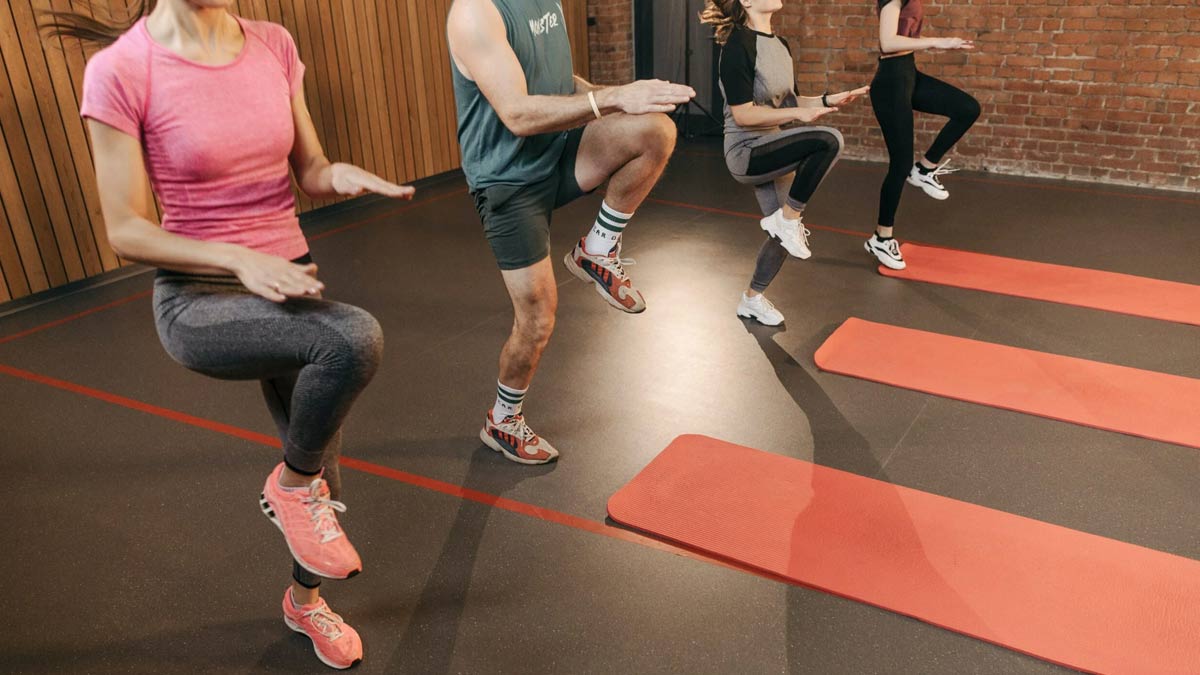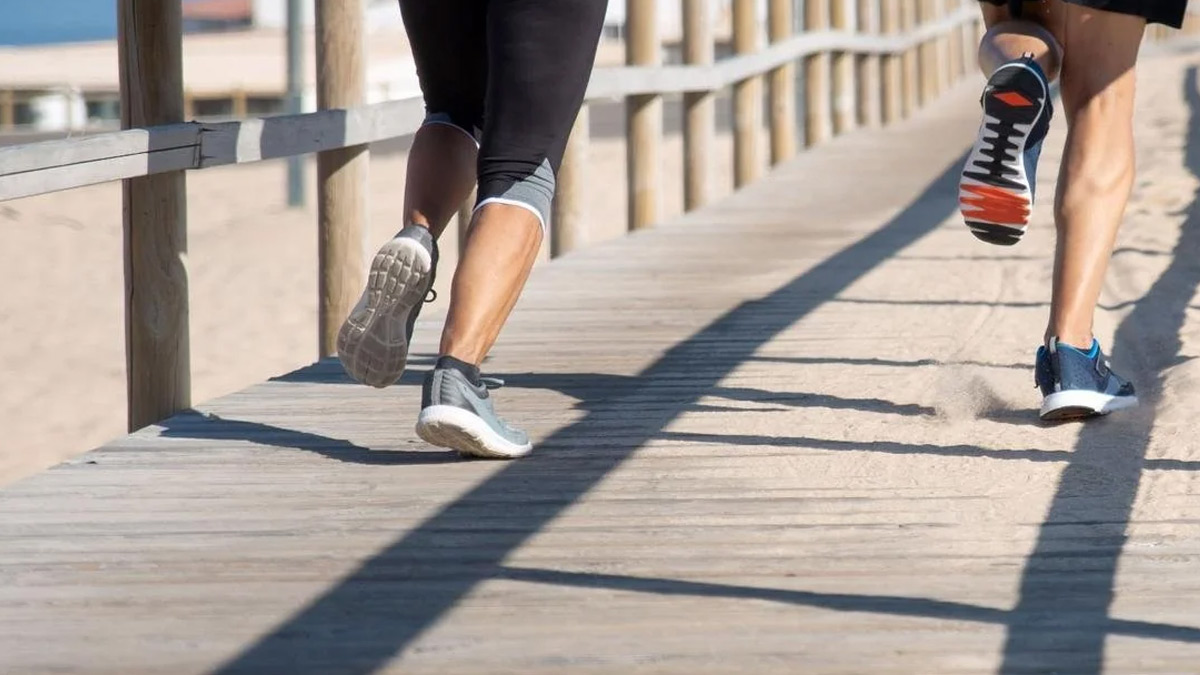
Every year, approximately 15 million individuals across the globe suffer a stroke, a serious condition that impedes the flow of blood and oxygen to the brain. Though strokes can be treated, the road to recovery is often lengthy, with many survivors needing extensive rehabilitation, including speech, occupational, and physical therapies.
Table of Content:-
The Role of Exercise in Stroke Rehabilitation
Exercise plays a crucial role in stroke recovery, offering benefits such as a reduced risk of stroke recurrence and enhanced overall recovery. Traditionally, moderate exercise has been recommended for stroke survivors, aiming to improve their cardiovascular health and physical function. However, a recent study has shed light on an alternative approach that may be even more beneficial: High-Intensity Interval Training (HIIT).
The Study: Comparing HIIT and Moderate Exercise
Published in the journal Stroke, the study involved 82 stroke survivors who were between six months and five years post-stroke. Participants were randomly assigned to either a HIIT regimen or a moderate exercise program, both lasting 12 weeks.

Exercise Protocols
- HIIT Group: This group performed 10 one-minute intervals of high-intensity exercise, reaching 80-100% of their maximum effort, interspersed with nine one-minute recovery intervals at a lower intensity of 30%. Each session, excluding warm-up and cool-down, lasted 19 minutes on a recumbent stepper machine.
- Moderate Exercise Group: Participants engaged in continuous moderate-intensity exercise at 40-80% of their maximum effort for 20-30 minutes per session. Like the HIIT group, these sessions included three minutes of warm-up and two minutes of cool-down.
Findings: HIIT Shows Promising Results
At the end of the study, researchers found that participants in the HIIT group experienced a significant improvement in cardiorespiratory fitness levels—specifically, the maximum amount of oxygen they could utilize during exercise. Remarkably, the gains achieved through HIIT were twice as pronounced as those observed in the moderate exercise group.
Also Read: Hugh Jackman Reveals The Strict 6000 Calorie Diet He Followed For Deadpool & Wolverine
Ada Tang, PT, PhD, the study's corresponding author and an expert in Rehabilitation Science at McMaster University, expressed enthusiasm about these results. “We anticipated greater improvements with HIIT, but the extent of the enhancement was particularly striking. The fitness gains seen in the HIIT group were associated with a lower risk of hospitalization and future stroke.”
Additionally, these fitness improvements persisted beyond the study period, remaining at clinically significant levels eight weeks after the completion of the HIIT program. This contrasts with the moderate exercise group, whose improvements did not maintain the same level of benefit over time.
Implications for Stroke Rehabilitation
The study highlights a critical shift in stroke rehabilitation strategies. Traditionally, rehabilitation programs have focused on moderate-intensity exercises, partly due to concerns about the safety of higher-intensity workouts for stroke survivors. However, this research suggests that HIIT could be a highly effective and time-efficient alternative.
Tang emphasizes the potential of HIIT to overcome common barriers to exercise after a stroke. “HIIT offers a feasible solution for incorporating exercise into daily routines, which can be challenging for stroke survivors. It allows for the benefits of high-intensity exercise without the risk of over-exertion.”
Also Read: Jennifer Garner Shares Her Fitness Journey To Return As Elektra In Deadpool & Wolverine
Bottomline
The study's findings offer a compelling argument for integrating HIIT into stroke rehabilitation programs. By delivering more significant improvements in aerobic fitness compared to moderate exercise, HIIT presents a potentially transformative approach to stroke recovery. As research continues, it will be crucial to evaluate HIIT's broader applicability and long-term benefits to fully understand its impact on stroke rehabilitation.
Incorporating innovative exercise strategies like HIIT into stroke recovery plans could enhance the quality of life for many survivors, offering them new hope for improved health and well-being.
Also watch this video
How we keep this article up to date:
We work with experts and keep a close eye on the latest in health and wellness. Whenever there is a new research or helpful information, we update our articles with accurate and useful advice.
Current Version